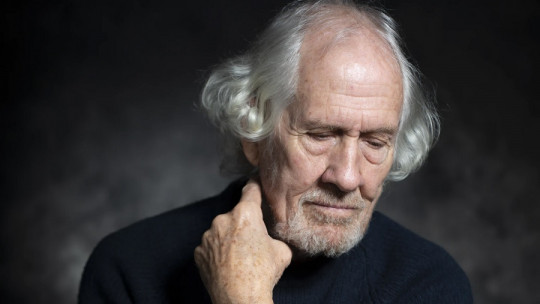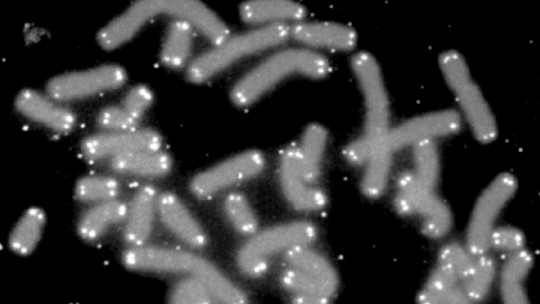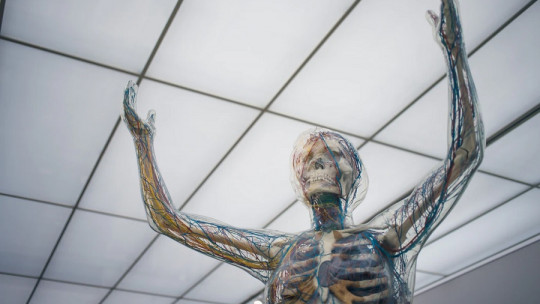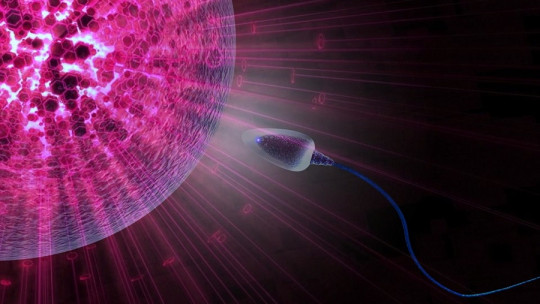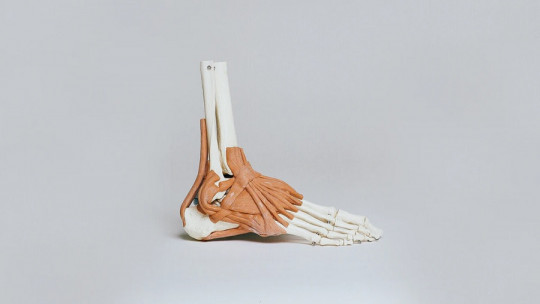Time is a physical magnitude with which human beings measure the duration or separation between events. This dimension helps us order events into sequences, establishing a past, a future and a third set of events that are not directly related to these terms.
When we say that “time passes for everyone,” we are referring, although we may not know it, to an essential condition to define life. Organic matter degrades over time, and this event is essential to conceiving one’s own existence. Without going any further, there are few more exact definitions of life, at a biological level, than “the interval that occurs between birth and death.”
Thus, senescence and death are an integral part of living organisms. We are born, grow, reproduce and die, in a until now infinite cycle of organic matter and energy. Even so, it is curious to know that, although time passes for everyone, it does not do so in the same way depending on certain conditions of the organism. Here we present you the differences between chronological age and biological age : Immerse yourself with us in this world of science and metaphysics.
How are biological and chronological age different?
Chronological age is that which is marked by the date of birth of the individual This is a figure quite meaningless on a biological level, but it serves in the social environment to legislate and categorize population groups based on their knowledge, work aptitude and many other things.
The number of years that defines us is nothing more than a social construct, since a sick person at 30 years old can have the health and vital prognosis of a 90-year-old individual.
Chronological age is really a chronometric figure, that is, only quantified based on the rhythm of a clock Although it is a relative and purely mechanical measurement, it can be linked in a certain way to the biological passage of time.
If you put a clock on one side of the “equation” and a specific physiological process on the other (such as the first ovulation in the female of a given species), a kind of useful bijection is formed.
The distance between birth and the first ovulation has been defined chronologically (or rather chronometrically), since a total of X seconds, minutes, days, months and years have passed until reaching that exact point, right? Yes and no. Hold on, because it’s time to ramble and abstract from typical terms.
While chronological age is what marks the clock and the date of birth of the individual, biological age is what represents their internal functional state , marked by the aging of cells, tissues and organs. The difference in the example previously provided is that physiological processes do not correspond to a physical process that is invariably successive (such as the passage of time at a chronometric level).
Thus, the vital phases of a living being are not determined based on its chronometric distance (year 1, year 2, year 3, etc.), but by the qualities of the physical system in which they manifest. In other words, what determines the ovulation of a female of a given species is not the time passed, but the concentrations of sex hormones in the blood, for example. We know that all this may sound complex, but it is enough for us to make the following message clear: The biological and mechanical clocks do not follow the same temporal patterns
How is the biological age of an organism determined?
So, what use is the physical time scale to quantify the age of a living being? Without a doubt, the calendar can give us various clues regarding the health of an organism, since generally someone who has spent 20 revolutions around the Sun on Earth will have statistically more years ahead of them than someone who has lived 80. We emphasize the term “statistically”, that is, on average, since the cases of early mortality due to pathologies and accidents are there and are an undeniable reality.
For more complexity and interest, it is essential to emphasize that Chronological and biological age are separated based on different parameters Among them, we have the following:
There are various biomarkers that show discrepancies between biological and chronological age. One of the most used biomarkers in this field is the telomere shortening rate as you will see below.
Telomere shortening rate and biological age
Telomeres are the ends of chromosomes. They are non-coding regions of DNA (that are not used for protein synthesis) and highly repetitive (repeating nucleotide sequences) whose function is to provide structural stability to the chromosomes of eukaryotic cells.
Telomeres are one of the most interesting bases of aging. Although we do not want to go into complex genetic terms, it is enough for us to know that, with the duplication of genetic information, it is impossible to transcribe absolutely all DNA. So, As a cell line divides and is renewed, telomeres become shorter When these reach a critical length, aging processes are triggered, as the integrity of the cell itself is destabilized.
Even more interesting is knowing that there is an enzyme called telomerase present in germline cells, which is found in fetal tissues and is capable of causing telomere lengthening. Telomerase is repressed in mature somatic cells after birth, resulting in telomere shortening after each cell division in adult tissues.
Deficiency in telomerase levels at key developmental stages results in the early onset of pathologies , such as aplastic anemia, immune problems or pulmonary fibrosis, or what is the same, accelerated aging and an increase in biological age. Thus, it follows that the rate of telomere shortening (and the previous action of telomerase) are perfect bioindicators to predict the biological age of the individual, regardless of what a clock or calendar shows.
Each part of our body has an age
As surprising as it may seem (and saving terminological distances), your brain may be “younger” than your left leg, for example Imagine that we compare the “age” of the liver of an alcoholic person with what is present in, say, their eyes.
Chronic alcoholism can lead to liver cirrhosis. When exposed to toxic agents over time, hepatocytes (main cells of the liver) are destroyed, and this space is replaced by scar tissue. This new tissue does not have purifying functionality so, little by little, the liver loses its capabilities. It could be said from an abstract point of view that the liver has aged at a dizzying rate.
That same person can maintain adequate eye health and not have suffered any refractive error or pathology in their eyes throughout their life. While his eye remains young, his liver is that of an elderly person. As you will understand, there comes a point at which both events go hand in hand, since the chronic failure of a vital organ usually leads to a general systemic collapse.
Summary
Fascinating, right? Time is still a social construct and, as such, does not define the entirety of what surrounds us. The physiological stages of our body are part of a widely interconnected internal system so they do not have to follow the hands of a clock in all cases.
Genotype, heredity, family history, lifestyle, environmental conditions, and many more factors shape the concept of biological age. So, although time passes for everyone, we can assure you that it does not do so in the same way for each individual.

